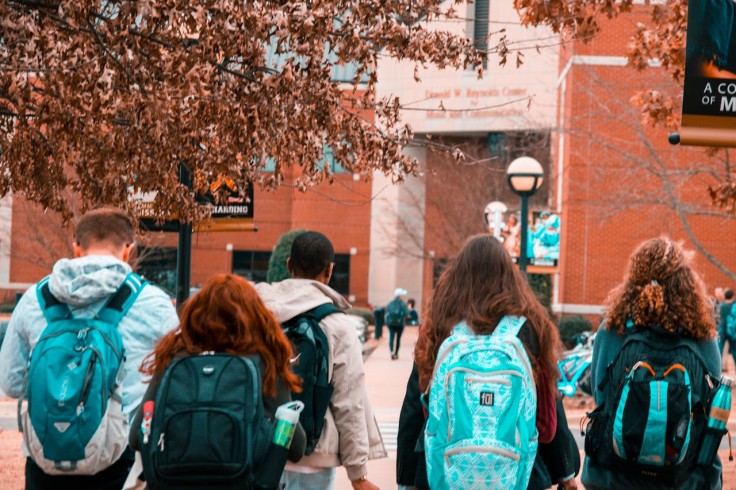Undergraduate enrollment in the spring surged by 2.5%, marking the second consecutive year of growth and continuing post-pandemic recovery.
The National Student Clearinghouse Research Center's latest report reveals encouraging trends, indicating a slow but steady return to pre-pandemic levels in higher education.

Key Trends in Spring Enrollment
The spring enrollment data for 2024 unveils several key trends. Notably, enrollment in bachelor's programs increased for the first time in four years across public and private nonprofit institutions, showing an average growth rate of 2.3%, higher than the previous fall's rate. First-year enrollment also saw a significant uptick of 3.9% overall, with some variations in private nonprofit four-year institutions.
Graduate enrollment experienced a notable rebound, rising by 3% this spring, effectively reversing the losses seen in the previous year. Community colleges continued to lead the growth trend, accounting for nearly half of the overall enrollment increase despite representing only a quarter of all postsecondary enrollment. Their enrollment surged by 4.7% over the previous spring, maintaining the momentum from the fall.
Historically Black colleges and universities (HBCUs) also experienced their second consecutive year of undergraduate enrollment growth, increasing by 4% compared to 3.2% in 2023. This highlights a positive trend in enrollment diversity and suggests a strengthening of HBCUs' appeal to students.
Regional and State-Level Analysis
The report also offers insights into enrollment trends across different regions and states. For the first time since the pandemic, enrollments rose in all four geographic regions of the United States. The Northeast, which has been struggling, saw a 1.2% increase in first-time enrollment, indicating a potential turnaround.
States like Georgia and Kentucky led the pack with enrollment bumps of 6% and 5%, respectively. However, Washington and West Virginia experienced declines of 1% or more. Massachusetts and Connecticut, known for declining enrollments and college closures, saw an increase of 3.2% and 2.8%, respectively, indicating a positive shift in their higher education landscapes.
Challenges and Future Outlook
Despite the positive trends, challenges remain. Overall undergraduate enrollment still lags behind pre-pandemic levels, with community colleges being 3.5% below and public and private nonprofit four-year institutions trailing by about 1%. The recent decline in the Free Application for Federal Student Aid (FAFSA) completion rates following the rollout of a new form could impact fall enrollments, particularly for students who were on the fence about attending college.
Doug Shapiro, the research director at the National Student Clearinghouse, remains cautiously optimistic about the future. He acknowledges that while the current growth is encouraging, it may not reach the peak levels seen a decade ago. Many students were derailed by the pandemic and may not return to their educational paths, leading to a long-term impact on higher education.
The spring enrollment surge in higher education is a positive sign of recovery from the pandemic's impact. The increase in undergraduate and graduate enrollments, particularly at community colleges and HBCUs, indicates resilience in the education sector. However, challenges such as FAFSA completion rates and the overall recovery timeline remain uncertain. As institutions adapt to these changes, the focus must remain on supporting students and ensuring equitable access to education for all.
© 2025 University Herald, All rights reserved. Do not reproduce without permission.








